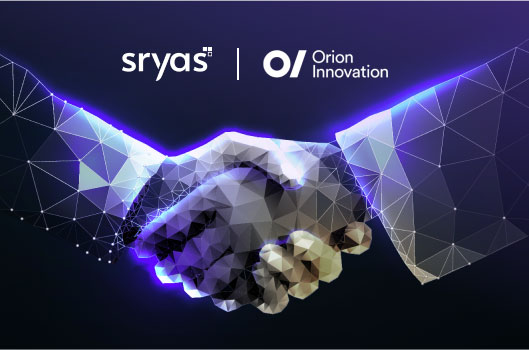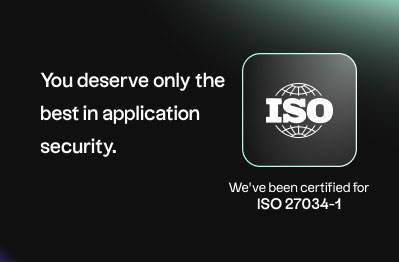
While originally a crisis response to enable business continuity, flexible work options are starting to define the modern workplace. Organizations around the world were thrust into digital transformation almost overnight, but it looks like the trend of remote working arrangements is going to continue in 2021.
Collaborative tools and cloud computing are continuing to be essential infrastructure, there’s an increasing intersection between IT and HR teams to cater to employee needs, and organizations are constantly evaluating their concept of work, service fulfillment, and productivity.
So, how do you maximize efficiency and meet KPIs in the new normal where work arrangements have been completely reimagined? The answer can be found in your data. Learn how to extract value from data through methods such as business intelligence and predictive analytics, and use the insights gained to streamline operations, boost employee satisfaction, and confidently make critical decisions for your distributed workforce.
The way we work is changing
Remote working isn’t a new concept. In fact, remote work policies are the norm in 71% of organizations, and 64% of professionals say they are allowed to work from anywhere.
This trend is only going to continue. Around 73% of all departments will have remote workers by 2028. When Generation Z enters the workforce in 2030, the demand for remote work is expected to increase by 30% as well.
The concept of remote working will always be relevant, but it’s important to distinguish this from the distributed workforce model. While both involves employees who are not limited by a traditional office environment, remote working is often placed in the individual context, whereas a distributed workforce is a challenge for the entire organization.
For example, a company might have a number of remote workers employed. But this doesn’t automatically mean that there are organizational processes in place to accommodate remote work, especially if a significant portion is still expected to report to the office. In fact, it’s likely that those working remotely might not be privy to the daily rhythms of their onsite counterparts and might even miss out on social opportunities.
A distributed workforce, on the other hand, assumes that the entire company is geographically distributed across various locations. A lot of companies were forced to adopt this model during the pandemic, which meant that operating procedures and productivity mindsets had to be reevaluated. This model often requires an organizational-wide overhaul to make sure that everyone has access to crucial information, the tools they need to be productive, and ample social opportunities to feel involved.
Major transitions like this definitely aren’t short of challenges and growing pains. In order to continue making the right people decisions, it helps to rely on the data available. According to the Harvard Business Review, only 5% of organizations are using analytics to create and monitor comprehensive workforce plans. For 31%, data is used only for critical workforce decisions. To facilitate digital transformation, these numbers need to go up.
The data-driven way to transform your distributed workforce
It’s easy to be disjointed when employees are scattered across different locations, which is why it’s important to make sure that employees have access to the information they need on a timely basis.
In the same way, HR should look to employee and organizational data to make accurate, data-driven decisions about people and processes. There’s already a wealth of data available in most organizations, and this is even expected to increase with all the digital tools being used. To put this data to work, you can leverage these three HR analytics methods:

1. Descriptive Analytics
The simplest of analytical methods, descriptive analytics involves visualizing data in graphs, charts, and interactive dashboards to make it easier to digest. This helps you get valuable insights, monitor key metrics in real-time, and discover the root cause of existing problems. It basically answers the question “what happened?”.
For example, let’s say you need better visibility into the productivity of your distributed workforce. Use data such as work hours, number of projects completed, performance evaluations, KPIs met, and so on, and summarize these through eye-catching visualizations and reports. You might build a pie chart to see employee headcount across departments, a line graph to show overall labor effectiveness, or a dot plot to visualize performance by salary.
Whatever you choose, descriptive analytics is an efficient way to identify trends and insights at a glance. If needed, you can even drill down into specific employees and get more detailed information.
2. Predictive Analytics
Predictive analytics deals with more advanced technologies, including machine learning and artificial intelligence. You use historical data to foresee probable outcomes—essentially determine what could happen in the future. This is done through forecasting algorithms that provide the likelihood of a predefined variable.
With foresight, you can anticipate opportunities or potential issues in your workforce and uncover patterns of problematic events and employee behavior. This lets you implement better risk management and adopt a more proactive approach.
For example, you may want to anticipate employee churn. Through machine learning, determine factors that contribute to high employee attrition and predict employees’ likelihood of leaving the organization. This will help you mitigate the risk of losing loyal and high-performing candidates.
Another area you may need foresight on is capacity management. Predictive analytics can provide visibility into when a high volume can be expected. Use this forecast to make better staffing and scheduling decisions and reduce burnout in your customer service team.
3. Prescriptive Analytics
Now that you have both insight and foresight, you need to know how best to take advantage of future opportunities. This is where prescriptive analytics comes in. This method leverages the results of both descriptive and predictive analytics, plus automation, to provide recommended actions and strategies.
In other words, you will get the ideal next steps for the best possible outcome. You’ll get answers to the questions “what should be done?” or “what can we do to make the desired outcome happen?”.
For example, you might want to maximize workforce utilization by predicting opportunities for upskilling. Through descriptive analytics, you can visualize the current skill levels of employees. Through forecasting and predictive analytics, you can locate skill gaps and score employees with the most potential to improve. And through prescriptive analytics, you can automate the learning and development process by identifying learners who need a particular training and get timely recommendations on the resources needed.
The future of work is distributed
As these analytics methods grow in complexity, so does their value to the organization. Simply put, the benefits of HR analytics are too many to ignore. By utilizing all three analytics methods, you can start making data-driven decisions to create an optimal distributed workforce—a working environment that focuses more on results, highlights the benefits of digital tools, and empowers employees to do their best.





